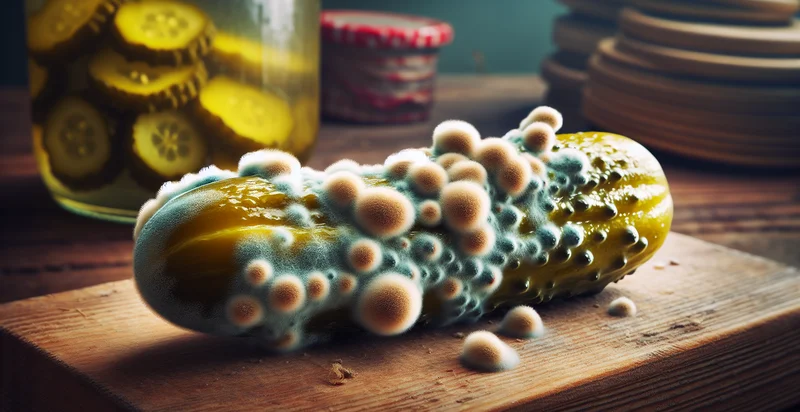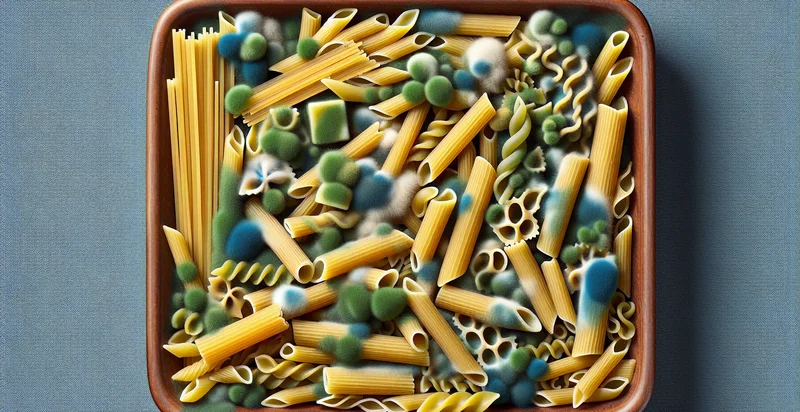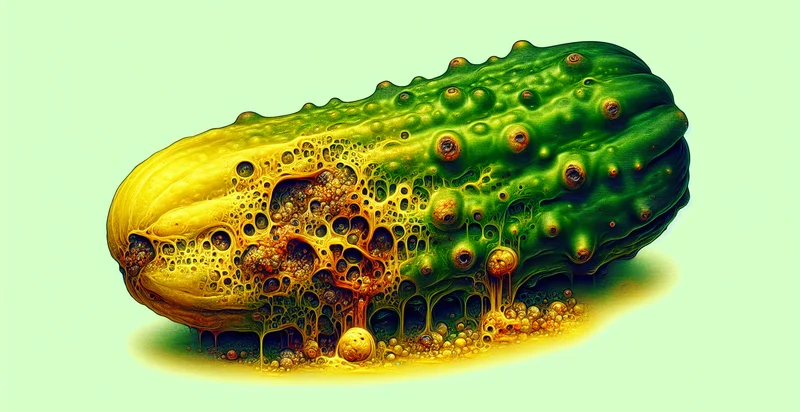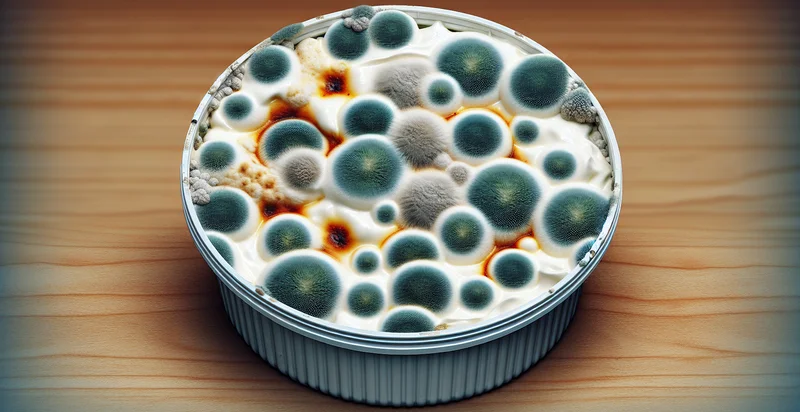Identify if pickle is moldy
using AI
Below is a free classifier to identify if pickle is moldy. Just upload your image, and our AI will predict if the pickle is moldy - in just seconds.

Contact us for API access
Or, use Nyckel to build highly-accurate custom classifiers in just minutes. No PhD required.
Get started
import nyckel
credentials = nyckel.Credentials("YOUR_CLIENT_ID", "YOUR_CLIENT_SECRET")
nyckel.invoke("if-pickle-is-moldy", "your_image_url", credentials)
fetch('https://www.nyckel.com/v1/functions/if-pickle-is-moldy/invoke', {
method: 'POST',
headers: {
'Authorization': 'Bearer ' + 'YOUR_BEARER_TOKEN',
'Content-Type': 'application/json',
},
body: JSON.stringify(
{"data": "your_image_url"}
)
})
.then(response => response.json())
.then(data => console.log(data));
curl -X POST \
-H "Content-Type: application/json" \
-H "Authorization: Bearer YOUR_BEARER_TOKEN" \
-d '{"data": "your_image_url"}' \
https://www.nyckel.com/v1/functions/if-pickle-is-moldy/invoke
How this classifier works
To start, upload your image. Our AI tool will then predict if the pickle is moldy.
This pretrained image model uses a Nyckel-created dataset and has 2 labels, including Fresh Pickle and Moldy Pickle.
We'll also show a confidence score (the higher the number, the more confident the AI model is around if the pickle is moldy).
Whether you're just curious or building if pickle is moldy detection into your application, we hope our classifier proves helpful.
Related Classifiers
Need to identify if pickle is moldy at scale?
Get API or Zapier access to this classifier for free. It's perfect for:
- Food Safety Monitoring: This function can be utilized in food safety systems within the food processing industry. It can automatically identify moldy pickles on production lines, ensuring that only safe products reach consumers and reducing the risk of foodborne illnesses.
- Inventory Management: Retailers can employ this classifier to monitor the quality of pickles in storage. By identifying moldy products, the system can trigger alerts for removal or replacement, optimizing inventory turnover and minimizing waste.
- Quality Control in Production: Manufacturing plants can implement this image classification function during the quality assurance process. By evaluating each batch of pickles, the system can flag any moldy items, helping maintain product quality standards and customer satisfaction.
- E-commerce Quality Assurance: Online grocery platforms can use the identifier to ensure that only high-quality pickles are listed for sale. By automatically assessing images submitted by suppliers, the platform can enhance user trust and reduce returns due to quality issues.
- Supply Chain Transparency: Farms can integrate this technology into their supply chain management to monitor the quality of produce during transportation. Identifying moldy pickles early helps prevent the distribution of compromised products and supports better quality assurance across the supply chain.
- Automated Inspection Systems: Automated systems in restaurants or food service operations can employ this function to check pickles prepared for dishes. By ensuring that only fresh, mold-free pickles are used, establishments can enhance their menu quality while reducing customer complaints.
- Consumer Health Apps: A consumer-facing mobile application could incorporate this function to allow users to take pictures of pickles or pickle products. The app would identify any mold, providing users with quick feedback on the safety of their food and promoting better health decisions.


